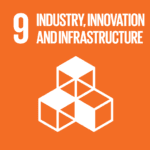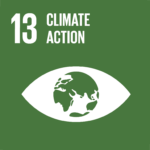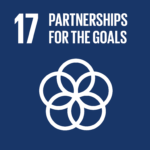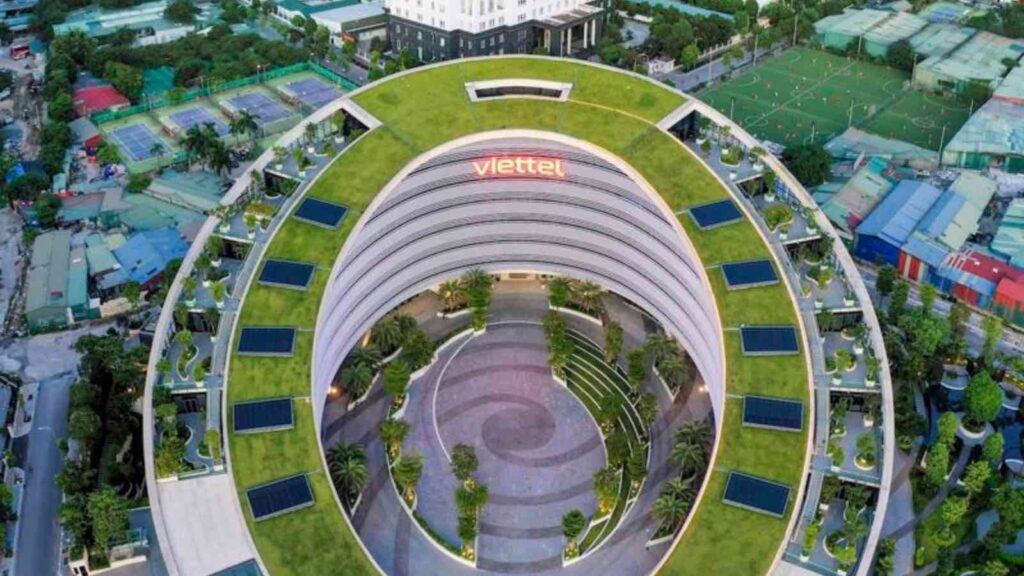Buildings are a major driver of climate change, consuming vast resources from planning to construction to daily use—yet Vietnam is leading the shift, crossing 500 green buildings a decade ahead of 2030 schedule.
Vietnam’s green building landscape experienced a dramatic leap in 2024, with the number of certified green buildings reaching 559—more than tripling the country’s 2030 target of 150. The milestone, confirmed by the International Finance Corporation (IFC) and the EDGE green building certification system, also eclipses the 2025 benchmark of 80 buildings, once thought ambitious.
This surge is part of Vietnam’s broader alignment with global net-zero emissions goals and reflects the country’s growing reputation as a competitive, sustainability-conscious manufacturing hub.
RELEVANT SUSTAINABLE GOALS



Industrial Sector Leads the Green Charge
The most significant growth has been in the industrial sector, with green-certified factories accounting for over half of the new buildings. By the end of 2024, Vietnam had 163 green-certified factories—tripling its numbers in just two years. Analysts attribute this to several intersecting forces: the relocation of manufacturing bases to Vietnam, rapid industrialization, expansion of production capacity, and the acceleration of logistics infrastructure.
With increased pressure from global supply chains to comply with sustainability standards, especially for goods exported to developed markets, Vietnamese factories are adopting green certifications as a means of securing market access and improving operational efficiency.
Export Pressure and Government Policy Drive Demand
According to Hoang Manh Nguyen of the Vietnam Green Building Council, demand for green buildings is rising sharply in industrial parks—particularly those serving export markets. “Certification isn’t just a badge; it’s a requirement to maintain operations and ensure market access abroad,” Nguyen explained.
In response, the Vietnamese government has introduced a suite of incentives to support green building adoption. These include tax reductions, land lease discounts, and subsidies aimed at reducing energy consumption and integrating sustainable development into business operations. These proactive measures have helped accelerate green transitions in the property sector, particularly for export-focused manufacturers.
Thus far, Da Nang, Hanoi, Ho Chi Minh, and 27 other cities have taken strides to become green. To support them, the government has introduced a smart city strategy, an urban green growth development plan, the urban green growth indicators, and the following five pillars:
- Sustainable quality;
- Reducing energy consumption
- Saving resources;
- Health and safety; and
- Reducing environmental impact.
Foreign Investment Follows the Green Trail
The country’s green momentum has also attracted record-breaking foreign direct investment (FDI) into its real estate sector, with over $6.3 billion poured in during 2024—much of it directed at factory development. This influx is expected to continue in tandem with growing demand for eco-certified industrial parks.
Sustainability has become a top criterion for foreign investors, prompting local developers to adapt swiftly. Edwin Tan, Deputy CEO of Frasers Property Vietnam, emphasized that while upfront ESG-related costs can be significant, they deliver long-term benefits. “The long-term payoff—in compliance, resilience, and market appeal—makes these investments not just viable, but essential for competitiveness,” said Tan.
Vietnam’s rapid progress in green construction, especially in the industrial sector, sets a precedent in Southeast Asia. By surpassing its own targets and aligning domestic infrastructure with global ESG expectations, the country is positioning itself as a leader in sustainable development—both regionally and globally.
As global firms continue to prioritize green supply chains and carbon accountability, Vietnam’s green building surge in 2024 sends a clear message: the future of industry is not only fast, but also sustainable.
You may also be interested in :
ADB’s $500 Million Boost To India’ Green Infrastructure Ambitions




